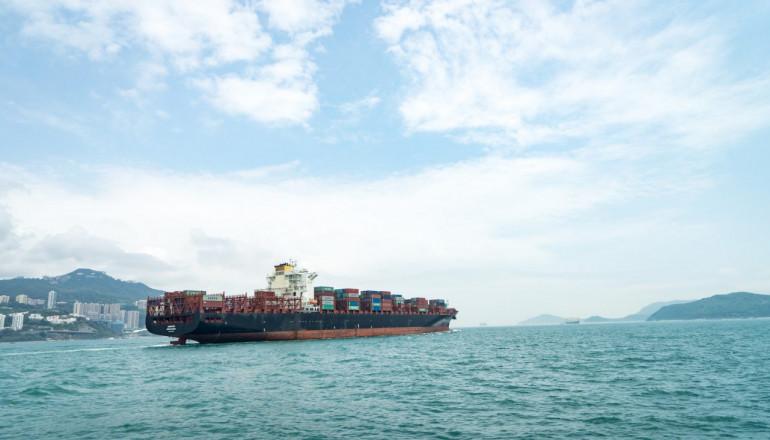5 Points to Consider While Transporting Poultry

The safe transportation of hens is critical for every poultry operation. Moving live poultry between different locations, such as from a farm to a processing facility or from a processing facility to a retail establishment, is known as poultry transportation. For several reasons, safe poultry transportation is crucial.
The quality of the chicken must be maintained to ensure both consumer happiness and business success. Planning, preparing, loading, transporting, and unloading are all necessary procedures for the safe transportation of chicken. We will go over each of these stages in-depth and offer helpful advice in this post on how to move poultry safely in the workplace.
Careful Planning
Planning the journey is the first step in moving chickens safely. This entails selecting the birds that require transportation, choosing a route, and setting a time for the transit. The distance to be travelled, the weather, the hour of the day, and the form of transportation are all crucial considerations when organising the transportation process.
Another key factor is the manner of transportation. Trucks, trailers, and crates are just a few of the transportation options available for moving poultry. The choice of form of transportation will rely on a variety of criteria, including the distance to be travelled, the number of birds to be transported, and the equipment available. Each means of transportation has benefits and drawbacks.
Preparation
Preparation is the second stage in securely shipping poultry. This includes getting the birds ready for travel, checking that the equipment is in excellent working order, and getting the vehicle ready for transfer. The birds must be transported safely and comfortably, thus preparation is essential. Making sure the birds have access to food and water, minimising stress, and guaranteeing their health are all part of preparing the birds for shipment. For the birds to be transported safely, it's also critical to prepare the transportation tools. Being aware of the birds are carried safely also requires properly preparing the truck.
Loading
Loading should be done carefully to ensure the birds are not injured during the process. This involves handling the birds gently, ensuring they are properly secured in their crates or containers, and ensuring there is adequate space for the birds to move around. Handling the birds gently is important for reducing stress and preventing injury.
Poultry should be handled by their legs and wings, and care should be taken not to drop or squeeze the birds. Poultry should also be properly secured in their crates or containers to prevent them from moving around during transportation. Adequate space should be provided to allow the birds to move around and stand comfortably. It is preferable to engage an industrial shipping company to load because it is a risky and physically demanding process if you are unfamiliar with it.
Unloading
The fifth and last stage in securely transporting poultry is unloading the poultry at its destination. Care should be taken to ensure that the birds are not damaged throughout the procedure, and they should be handled gently and placed in a safe spot. They should be examined for signs of stress or injury after being unloaded. In this regard, it is better to avail of the services of the best industrial shipping companies available in the market. Equipped with experience and expertise, they will provide quality services with all the necessary steps. Schedule a slot with them and have a safe shipment.
Transportation
When transporting birds, it's important to drive cautiously, keep an eye on them, and adjust as needed to keep them comfortable. Be careful the birds are not jostled or bounced around while being transported requires careful driving. The motorist should maintain a constant speed and steer clear of abrupt stops or bends. It's crucial to keep an eye on the birds while they're being transported in order to spot any potential problems. As part of this, make sure the birds have access to food and water, keep an eye on the temperature inside the car, and look for any symptoms of stress or damage to the chicks.
- Art
- Causes
- Crafts
- Dance
- Drinks
- Film
- Fitness
- Food
- الألعاب
- Gardening
- Health
- الرئيسية
- Literature
- Music
- Networking
- أخرى
- Party
- Religion
- Shopping
- Sports
- Theater
- Wellness
- IT, Cloud, Software and Technology


